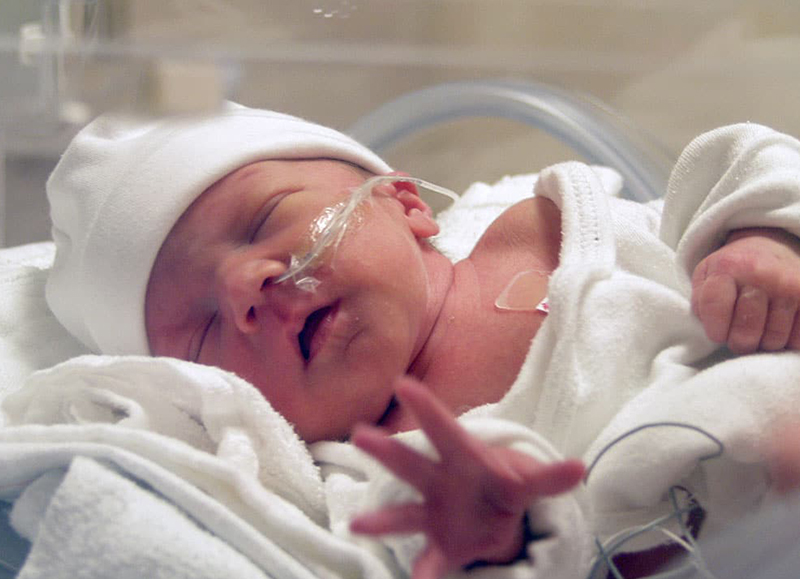Shoulder dystocia occurs when the baby’s shoulder gets stuck behind the mother’s pubic bone during delivery. This condition can lead to various birth injuries, including brachial plexus injuries, fractures, and oxygen deprivation.
If your child or grandchild has experienced shoulder dystocia during birth, you may have concerns about the causes and how to support them. In this article, we will explore the causes of shoulder dystocia, a condition where the baby’s shoulder gets stuck during delivery, and provide guidance on supporting your child through their journey.
Causes of Shoulder Dystocia:
Shoulder dystocia can occur for various reasons during childbirth, resulting in the baby’s shoulder getting trapped behind the mother’s pubic bone. Some common causes include:
- Fetal Macrosomia: Macrosomia is when the baby has a larger than average birth weight, typically weighing more than 8.8 pounds (4 kilograms). A larger baby may have difficulty passing through the birth canal, increasing the risk of shoulder dystocia.
- Maternal Factors: Certain maternal factors can contribute to the occurrence of shoulder dystocia, including:
- Gestational diabetes: High blood sugar levels in the mother during pregnancy can cause the baby to grow larger than average.
- Obesity: Maternal obesity increases the likelihood of fetal macrosomia and, consequently, shoulder dystocia.
Supporting Your Child:
- Medical Intervention: During a delivery complicated by shoulder dystocia, medical professionals will implement specific techniques to resolve the situation and deliver the baby safely. These maneuvers may include repositioning the mother, applying pressure to the abdomen, or performing an episiotomy (a surgical incision to widen the vaginal opening). Prompt medical intervention is essential to prevent complications and minimize the risk of birth injuries.
- Physical Therapy: If your child experiences any birth-related injuries or complications due to shoulder dystocia, physical therapy can play a significant role in their recovery. Physical therapists will work with your child to improve strength, mobility, and flexibility. Exercises and stretches tailored to their needs will help promote optimal development and regain function.
- Emotional Support: Supporting your child emotionally is crucial throughout their journey. Recognize that birth-related complications can be distressing for both you and your child. Seek out support groups or connect with other parents who have gone through similar experiences to share advice, stories, and encouragement. Fostering open communication, patience, and reassurance can help your child build confidence and resilience.
- Educational Advocacy: As your child grows, advocating for their educational needs is important. Collaborate with teachers and school staff to ensure they receive appropriate accommodations and support. Developing an Individualized Education Program (IEP) can address any specific challenges they may face and provide necessary resources for their academic success.
- Celebrate Achievements: Encourage and celebrate your child’s milestones and accomplishments, regardless of their challenges. Recognize their efforts and progress, no matter how small, and provide a supportive environment that fosters self-esteem and resilience.
Understanding the causes of shoulder dystocia and providing appropriate support can help your child navigate any challenges they may encounter. You can empower your child to thrive through prompt medical intervention, physical therapy, emotional support, educational advocacy, and celebrating achievements. Remember, each child’s journey is unique, and with your love and unwavering support, they can overcome obstacles and reach their full potential.

